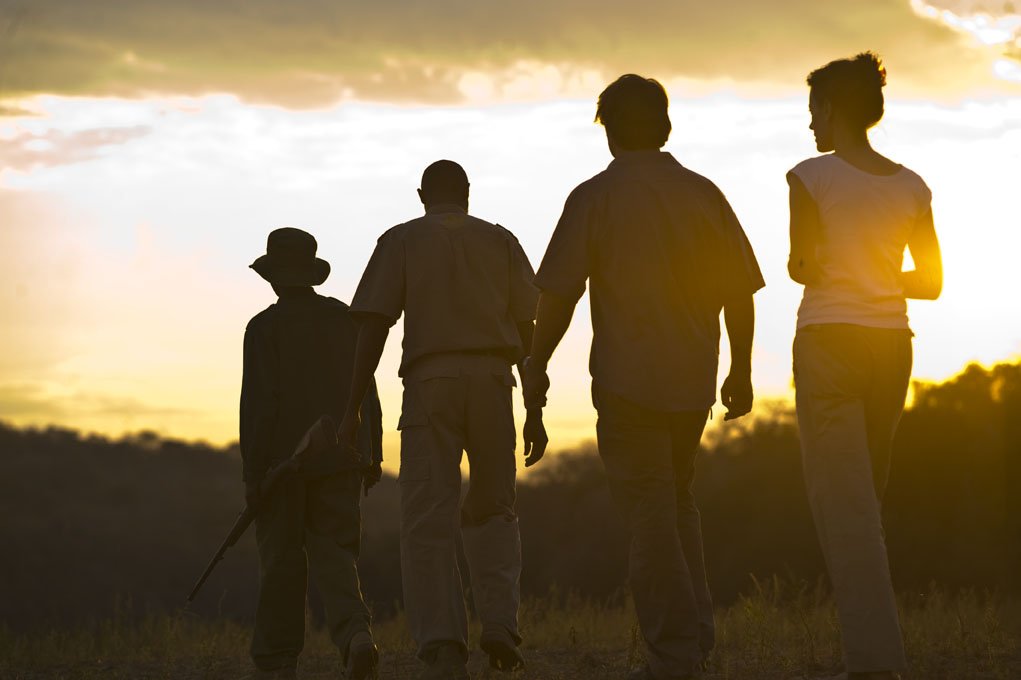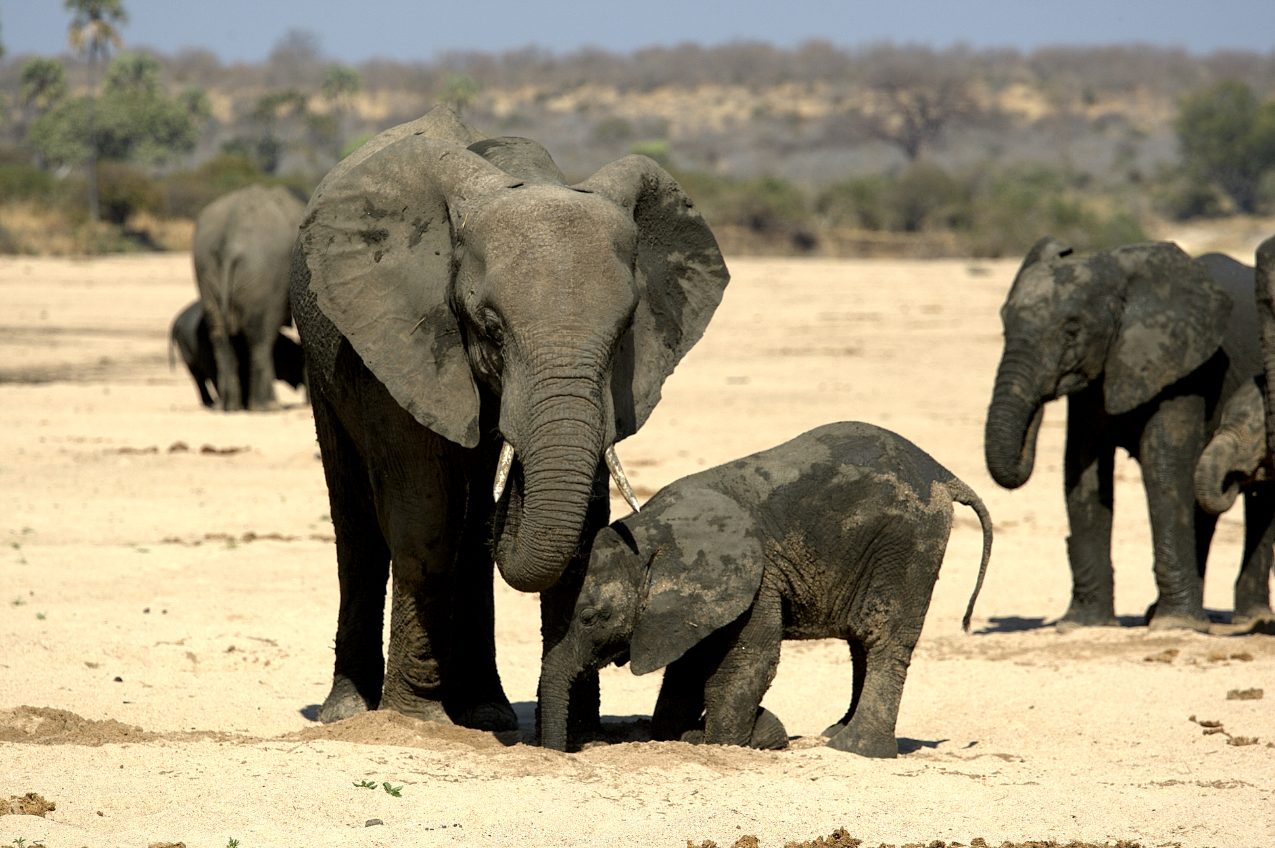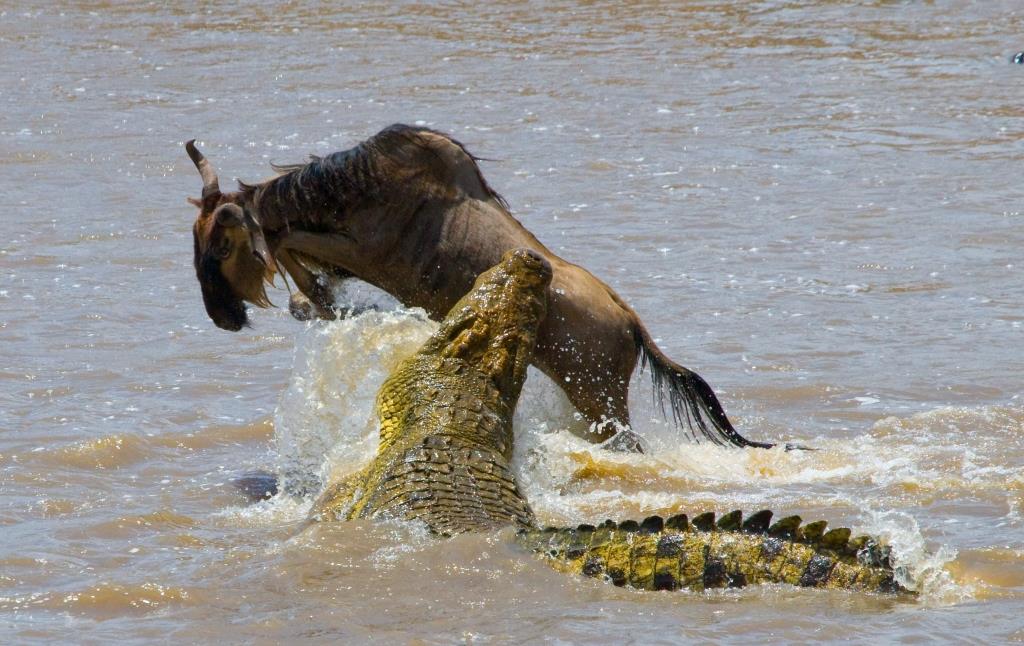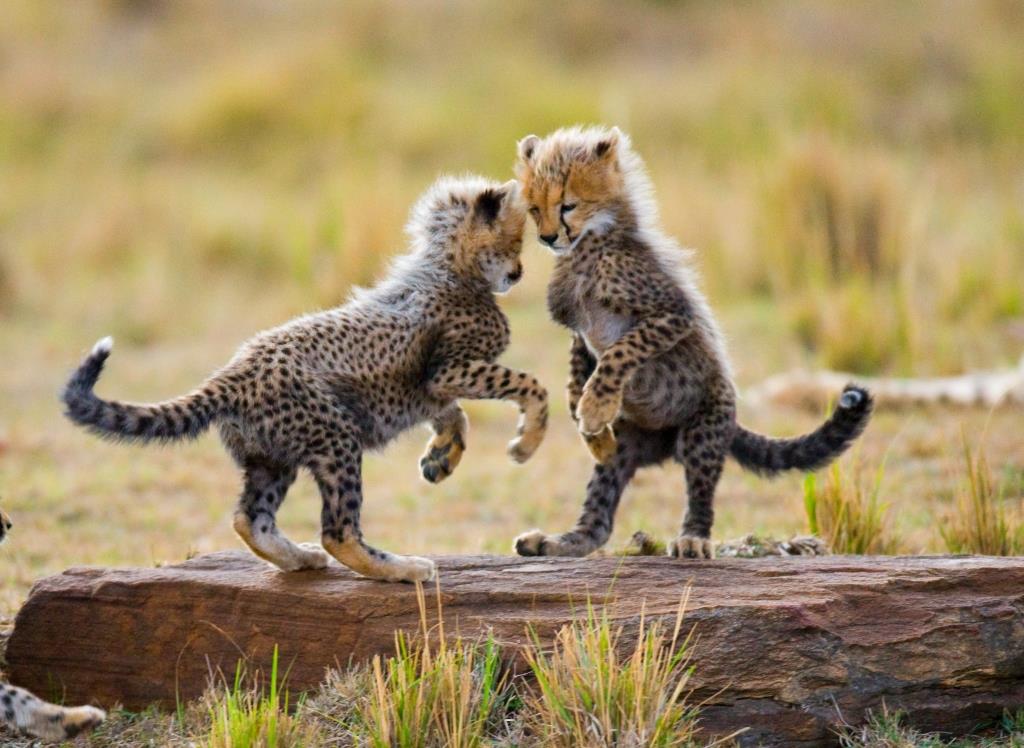We are rated 5/5 with 71 reviews on Tripadvisor
We are rated 5/5 with over 100 reviews on Safari Booking ![]()
Are you prepared for an epic adventure?
Buckle up and let us make your trip an unforgettable memory!

SAFARI
WALKING SAFARIS
KILIMANJARO CLIMBING
MOTORBIKE ADVENTURES
ZANZIBAR
BEST DEALS

Best Price
We offer you the best price when you book directly with us. As the ground service provider, we manage our own fleet of vehicles, guides, equipment, and permanently employed staff.

Our Vehicles
Deep inside us is a passion for 4×4 and off-roading, with this love we stand ahead of many in safari vehicle standards.

Our Guides
We know at firsthand that the quality of a good guide is the single most important factor to the success of any safari. Being guides ourselves we handpick and continously train our guides to ensure that each of them is well versed in safari trade and maintains the highest guiding ethics.

Travel Safety
FEATURED TOURS
PRE-DERPARTURE
Before Departure
Visa
Packing Lists
Climate & Weather
Travel Tips
Conquering Kilimanjaro: Essential Tips for Training and Planning
Climbing Mount Kilimanjaro is a remarkable adventure that requires careful preparation and planning. As Africa's highest peak and one of the world's most iconic mountains, Kilimanjaro presents both physical and mental challenges. To increase your chances of a...
4 good reasons to choose a private safari
You are excited about your safari in Tanzania. You were sold from the moment you heard about the variety of options you have for your experience and just want to fully bask in what the exceptional country has to offer. But hold on, how do you want to go about it? What...
Tanzanias southern circuit? Umm yes!
At this point, you have realized that you have over 20 national parks to choose from in Tanzania, it can get a little overwhelming deciding what circuit you should do. We get it and want to make it easier for you. So, here are several reasons why you should opt for...
Why choose tanzania as your safari destination
Deciding where to go on safari can be an exciting and fun process, but with the ever-increasing options, locations, and activities available for you, it can quickly turn into quite a stressful experience. The stereotypical approach to safaris being specifically...
FAQs
Safari
Climbing
Zanzibar
Motorbike Safari
Walking Safari
What should I pack?
Packing essentials include comfortable clothing, a wide-brimmed hat, sunscreen, insect repellent, binoculars, and a camera to capture the breathtaking moments.
Read about our luggage recommendations and find our packing list here
When is the great migration, and when does it occur?
The migration basically depends on the weather. Triggered by the rain, the annual pilgrimage must search for water and grass to survive. From about December to May with some seasonal variations in time scale the migrating herds are on the short grass plains from lake Ndutu past Naabi hill.
There they give birth and regain their strength. In May as the water becomes the limiting factor on the short grass plains hundreds of thousands of animals stretching over many kilometers heard Northwest, Simba and Moru become the favorite places to watch them. The migration swings Northeast heading into the neighboring Masaai Mara Game reserve in Kenya during September. Around October the march begins again heading southwards back to Tanzania crossing the Mara river in pursuit of the of the nutritious grass in the southern plains where they began their journey 12 months earlier. This phenomenon is sometimes called the Circular Migration.
What type ofclothing should I bring?
Clothing on Safari should be as comfortable as they can be, recommended on safari are khaki, olive or brown colored clothing as they blend with the surrounding nature well and offers the added benefit of concealing dirt, moreover light colors help when the sun is hot.
What type of food do you provide on safari?
Lodges on Safari offer continental cuisine, in addition to local specialties to appeal to a wide range of palates. We understand that everyone has unique dietary preferences and requirements, and we want to assure you that your comfort and satisfaction are our top priorities. Whether you have specific dietary restrictions, allergies, or simply prefer certain types of cuisine, we are here to cater to your needs.
Are safaris suitable for children and families?
Yes, safaris in Tanzania can be a fantastic experience for families with children. Many of the lodges cater for children as young as 7 years of age, additional bed for a child sharing a room with parents at a reduced cost may be provided by many, with activities specifically designed to keep them engaged such as swimming pools which is always a popular attraction for children, however please note that the pools are not fenced and adult supervision is required at all times.
For safety reasons, we do not recommend bringing children less than 7 years of age for a tented camp safari, but accommodation in lodges is preferred in this case. Some of the lodges and permanent campsites inside the national parks have a minimum age requirement depending on their location.
Do I need malaria prophylactic?
Malaria is endemic in Africa, please consult your doctor for assistance on the most suitable Prophylactic to be used.
What vaccination do I need?
At present the only vaccination that is required for entry into Tanzania is the yellow fever and it must be presented on arrival at the airport in Tanzania. However, it is always advisable to consult your physician to discuss on the precautions you need to take before travelling to ensure that you have an enjoyable and safe holiday. Mega Adventures advices you to speak to your physician or travel doctor to ensure that you have the correct protection for your trip to Africa
Do I need Visa?
1. You can either apply for a visa at the counter in the airport upon arrival to Tanzania. There is a possibility that this procedure can take some time, as you have to go through several queues. Payment for visas on entry into Tanzania is in US dollars only.
2. The option that we highly recommend is that you apply for your visa online. It is a simple way of applying for a visa and you skip the longest queues at the airport upon arrival. You fill out your information on the website and choose the Tanzanian embassy nearest you to handle your application. After application you will have your visa in about 3-4 weeks (often takes shorter time than this). Link to website for applying for visa: https://visa.immigration.go.tz/
What is a typical safari itinerary in Tanzania?
A typical safari itinerary may include visiting multiple national parks to maximize wildlife encounters. It can range from a few days to several weeks, depending on your preferences and available time. You can either choose one of our ready-made itineraries or simply use them for inspiration to tailor your very own.
What are the popular national parks for safaris in Tanzania?
Tanzania boasts several renowned national parks, including Serengeti, Ngorongoro Crater, Tarangire, Lake Manyara, Arusha, Nyerere National Park. Each park offers a unique safari experience and the opportunity to encounter diverse wildlife.
What wildlife can I expect to see on a Tanzanian safari?
Tanzania is teeming with diverse wildlife, including the iconic Big Five (elephant, buffalo, lion, leopard, and rhino), as well as cheetahs, giraffes, zebras, wildebeests, hippos many more and an array of bird species.
What type of accommodations are available during the safari?
Safari accommodations range from luxury lodges and tented camps to budget-friendly options as camping. Depending on your preferences, you can choose from various levels of comfort and amenities while immersing yourself in the wilderness.
Is it safe to go on a safari in Tanzania?
Yes, it is generally safe to go on a safari in Tanzania. National parks and game reserves have trained guides who prioritize visitors’ safety. However, it’s essential to follow their instructions and adhere to park guidelines to ensure a secure experience.
What wildlife can I expect to see on a Tanzanian safari?
Tanzania is teeming with diverse wildlife, including the iconic Big Five (elephant, buffalo, lion, leopard, and rhino), as well as cheetahs, giraffes, zebras, wildebeests, hippos many more and an array of bird species.
What is the best time to travel?
Tanzania is a truly year round destination, weather is variable and so it is quite possible to go for days without rain during the peak of the rainy season, or have showers in the middle of the dry season. Generally the peak rainy season begins mid-March – mid May, while short rains are normally expected in the months of November.
The drier seasons are generally considered preferable for game viewing. Dry weather offers more reliable road conditions than in the wet season months. Dry spells force game to congregate around the limited water sources, and sparser foliage makes the animals easier to find and see. While these are prime game viewing conditions, bear in mind that the dry season is the peak season (June – October), Other Peak travel seasons are December – February.
In February / March one of the Wildlife`s most amazing spectacles occurs, for 3-4 weeks 90% of the female wildebeest give birth, flooding the Southern Plains with thousands of new calves each day.
It is essential to book your trip well in advance during peak seasons.
Mega Adventures offers some safaris with greatly reduced rates in the months of April and May, greater discounts are also offered to larger groups willing to travel at this time, yes it is low season and it is very green at this time for those who prefer the sweet, fresh powerfully evocative smell of cool air from fresh rain that has touched the rich nutritious soil, a very strong and sweet odor that is hard to ignore.
What if I am Slow?
It is important for your body to acclimatize, and to achieve this, is to proceed slowly giving your body time to acclimatize to the increasing altitude.
There is plenty of time for each days trek even for those who will like to go very slowly.
What if I can't make it to the top?
If you decide that you cannot continue, or if your guide deems its unsafe for you to continue, he will assist you down the mountain, your guide knows a network of shortcuts and will escort you to the most convenient campsite or hut.
How fitwill I have to be?
Mount Kilimanjaro & Meru does not require any skills or special equipment, many state that they are easily accessible however you should not underestimate either of them, general fitness is required.
Some very fit climbers say it is the hardest thing they have ever done, therefore the best you can do is to adequately train yourself to be in the best possible hiking shape.
what is the accommodation like?
Except for Marangu route and Mount Meru climb where climbers sleep in basic huts, 3 person mountain tents are used to accommodate 2 climbers using other routes, with full ground pads to keep you and your gear dry. The tents are setup at camp for overnight, dismantled and carried along with everything else by our porters to the next camp.
What should I pack?
The most common mistake most climbers make is over packing. It is important to keep luggage to the barest minimum when on trek, be selective in what you are to carry.Baggage should be of round squashy type.
Read about our luggage recommendations and find our packing list here:
What is the best time to climb Mount Kilimanjaro?
The best time to climb Mount Kilimanjaro is during the dry seasons, which are January to March and June to October. These months offer the most favorable weather conditions and higher chances of successful summit attempts.
How difficult is the climb to the summit of Mount Kilimanjaro?
The best time to climb Mount Kilimanjaro is during the dry seasons, which are January to March and June to October. These months offer the most favorable weather conditions and higher chances of successful summit attempts.
How long does it take to climb Mount Kilimanjaro?
The duration of the climb depends on the chosen route. On average, most routes take between 5 to 9 days to complete, allowing ample time for acclimatization and a better chance of reaching the summit.
Do I need any special climbing experience to ascend Mount Kilimanjaro?
While prior climbing experience is beneficial, it is not a requirement to climb Kilimanjaro. A reasonable level of fitness, mental determination, and guidance from experienced guides are essential for a successful climb.
What are the different routes to climb Mount Kilimanjaro?
There are several popular routes, including Marangu, Machame, Lemosho, Rongai, and the Northern Circuit. Each route offers unique experiences, varying scenery, and different levels of difficulty.
is it necessary to hire a guide and porters for the climb?
Yes, it is mandatory to climb Kilimanjaro with a licensed tour operator and guide. Additionally, hiring porters is recommended to carry camping equipment and supplies, allowing climbers to focus on the journey.
What permits and documents do I need to climb Mount Kilimanjaro?
Climbers need to obtain a climbing permit issued by the Kilimanjaro National Park Authority. As your travel company we will handle all the necessary paperwork for you, so the journey will be stress free for you and you simply just have to enjoy the climb.
How does the difficulty level of Mount Meru compare to Mount Kilimanjaro?
Mount Meru is generally considered less challenging than Kilimanjaro. The ascent of Mount Meru takes around 3 to 4 days and involves hiking through lush forests and rocky terrains.
What are the major highlights of climbing Mount Meru?
Mount Meru offers stunning landscapes, including lush rainforests, wildlife encounters, and a breathtaking view of Mount Kilimanjaro from the summit.
Is it possible to combine climbing Mount Meru with a safari or Kilimanjaro trek?
Yes, many travelers opt to combine a Mount Meru trek with a wildlife safari or a Kilimanjaro climb, making it a rewarding and diverse Tanzanian adventure.
When is the best time to climb Mount Meru?
Similar to Kilimanjaro, the best time to climb Mount Meru is during the dry seasons from June to October and January to March.
Is altitude sickness a concern on Mount Meru?
While the altitude of Mount Meru is lower than Kilimanjaro, climbers should still be aware of the potential for altitude-related issues and follow proper acclimatization practices.
What are the accommodation options on Mount Meru?
Accommodation on Mount Meru is in mountain huts, which offer basic amenities and shelter for climbers during the trek.
What is Zanzibar famous for?
Zanzibar is famous for its pristine white sandy beaches, crystal-clear turquoise waters, vibrant coral reefs, and rich cultural heritage. It’s often referred to as the “Spice Island” due to its historic spice trade.
Is Zanzibar safe for tourists?
Yes, Zanzibar is generally considered safe for tourists. The locals are friendly and welcoming to visitors. However, as with any travel destination, it’s essential to remain vigilant, especially in crowded areas, and follow common safety precautions.
When is the best time to visit Zanzibar?
The best time to visit Zanzibar is during the dry season, which falls between June and October. This period offers pleasant weather, ideal for beach activities and exploration. The months of December to February are also favorable, but they can be busier.
What water activities can I enjoy in Zanzibar?
Zanzibar is a paradise for water enthusiasts. Snorkeling, scuba diving, and swimming with dolphins are popular activities. You can also try sailing, kayaking, and traditional dhow cruises to explore the surrounding waters.
What types of accommodations are available in Zanzibar?
Zanzibar offers a wide range of accommodations to suit various preferences and budgets. From luxury resorts and boutique hotels on the beach to charming guesthouses in Stone Town, there are options for everyone.
How do I get to Zanzibar?
Zanzibar is easily accessible from major international airports via flights. Within Tanzania, you can reach Zanzibar by domestic flights from mainland airports and even airstrips within safari national parks. Alternatively, if you’re in Dar es Salaam, you can access Zanzibar by boat.
Is Zanzibar suitable for a honeymoon or romantic getaway?
Zanzibar is a dream destination for honeymooners and couples seeking a romantic escape. The stunning beaches, picturesque sunsets, and intimate resorts make it an ideal place to celebrate love. Find your Zanzibar trip here
Are there any cultural experiences in Zanzibar?
Absolutely! Zanzibar has a rich cultural heritage with influences from African, Arab, Indian, and European cultures. Visitors can explore the narrow streets of Stone Town, visit local markets, attend spice tours, and experience traditional Swahili cuisine. Read all about the activities available in Zanzibar here:
What is a motorbike safari, and why choose it over traditional safaris?
A motorbike safari is a unique and adventurous way to explore Tanzania’s wildlife and landscapes. It offers an immersive experience, allowing you to get up close with nature while riding through off-the-beaten-path trails and remote areas not accessible by traditional vehicles.
Do I need prior motorbiking experience to join a motorbike safari?
While prior motorbiking experience is beneficial, it’s not always required. Our guided motorbike safaris cater to both experienced riders and beginners. We provide necessary training and safety instructions before the safari begins.
What are the safety measures in place during a motorbike safari?
Safety is our top priority. All participants must bring with them quality safety gear, including helmets, gloves, and protective clothing. Our experienced guides are trained to lead the group, and we maintain a reasonable speed for a comfortable and secure experience.
Which national parks or areas are covered during a motorbike safari in Tanzania?
Our motorbike safaris are carefully planned to cover specific routes and areas that offer the best wildlife encounters and scenic beauty. Whilst motorbikes are not allowed inside the national parks they are allowed in the wildlife management areas, our choice of route includes epic rides in one or more wildlife management areas.
What types of motorbikes are provided for the safari?
We provide well-maintained and reliable off-road Honda CRF 250 and XR 400 suitable for the terrain.
Is a support vehicle available during the motorbike safari?
Yes, for added safety and convenience, a support vehicle accompanies the group throughout the safari. It carries essential equipment, supplies, and provides assistance if needed.
What is the group size for a typical motorbike safari?
To ensure a personalized experience and safety, our motorbike safaris usually have small group sizes of 1 -6 riders. This allows better interaction with the guide and a closer connection with nature.
What should I pack for a motorbike safari in Tanzania?
Packing essentials include comfortable riding gear, closed-toe shoes, sunscreen, insect repellent, and a camera to capture the incredible moments.
Can I combine a motorbike safari with other activities in Tanzania?
Absolutely! We offer customizable itineraries that can include a motorbike safari along with other activities like traditional safaris, cultural tours, or beach vacations in Zanzibar.
What is the best time of year for a motorbike safari in Tanzania?
During the dry season, which typically runs from June to October, you can expect clear skies and minimal rainfall. This makes it an excellent time for motorbike safaris as the roads and trails are generally dry and easy to navigate. The vegetation is also less dense, allowing for better wildlife visibility. Contrary to what you might think, the wet season, which spans from November to May, can also be an exciting time for motorbike safaris. While there may be occasional showers and the landscape might appear greener and more lush, this season brings its own set of unique experiences.
Be prepared for some muddy and challenging terrain during the wet season, especially in remote areas.
Whether you choose to explore Tanzania on a motorbike during the dry season or embrace the lushness of the wet season, you’re in for an unforgettable adventure. The choice between these two seasons depends on your preferences and what kind of wildlife experiences you seek. Whichever season you opt for, Tanzania’s stunning landscapes and abundant wildlife await your discovery.
What is a walking safari, and what makes it unique?
A walking safari is an exciting and immersive way to explore Tanzania’s wildlife and landscapes on foot. Led by experienced guides, it allows you to get closer to nature, observe animal behavior, and appreciate the finer details of the ecosystem.
Is a walking safari safe?
Yes, walking safaris in Tanzania are safe when conducted by professional guides and following strict safety protocols. Our guides are well-trained and knowledgeable about wildlife behavior, ensuring a secure and memorable exclusive and off the grid experience.
Which national parks or reserves offer walking safaris in Tanzania?
Tanzania offers walking safaris in several parks and reserves, including Tarangire, Ngorongoro, Nyerere, Enduiment Wma, and Ruaha. Each location offers a unique walking experience and diverse wildlife encounters.
How long does a typical walking safari last?
Walking safaris can vary in duration, ranging from a few hours to multiple days. We offer different walking safari itineraries to suit various preferences and time constraints.
What kind of wildlife can I expect to see on a walking safari?
On a walking safari, you can encounter a wide range of wildlife, including elephants, giraffes, zebras, antelopes, buffalo, and various bird species. Walking allows you to spot smaller creatures and observe animal tracks and signs.
Are there age restrictions for participating in a walking safari?
Generally, participants must be at least 12 years old to join a walking safari. However, this may vary depending on the specific walking safari and park regulations.
What should I wear and pack for a walking safari?
Comfortable and neutral-colored clothing, sturdy walking shoes, a wide-brimmed hat, sunscreen, insect repellent, day pack and a refillable water bottle are essential items to pack for a walking safari.
Is accommodation provided during a multi-day walking safari?
Yes, for multi-day walking safaris, accommodation is provided in comfortable tented camps or lodges within the parks or reserves.
When is the best time of year for a walking safari in Tanzania?
The best time for a walking safari is through out the dry seasons June – Oct and Dec – March. The weather is pleasant, and wildlife is more active around water sources, enhancing your walking safari experience.
What is the best time of year for a motorbike safari in Tanzania?
During the dry season, which typically runs from June to October, you can expect clear skies and minimal rainfall. This makes it an excellent time for motorbike safaris as the roads and trails are generally dry and easy to navigate. The vegetation is also less dense, allowing for better wildlife visibility. Contrary to what you might think, the wet season, which spans from November to May, can also be an exciting time for motorbike safaris. While there may be occasional showers and the landscape might appear greener and more lush, this season brings its own set of unique experiences.
Be prepared for some muddy and challenging terrain during the wet season, especially in remote areas.
Whether you choose to explore Tanzania on a motorbike during the dry season or embrace the lushness of the wet season, you’re in for an unforgettable adventure. The choice between these two seasons depends on your preferences and what kind of wildlife experiences you seek. Whichever season you opt for, Tanzania’s stunning landscapes and abundant wildlife await your discovery.

71 Reviews ![]()

116 Reviews ![]()

1 Reviews ![]()

4 Reviews ![]()

Over 600 Reviews ![]()











